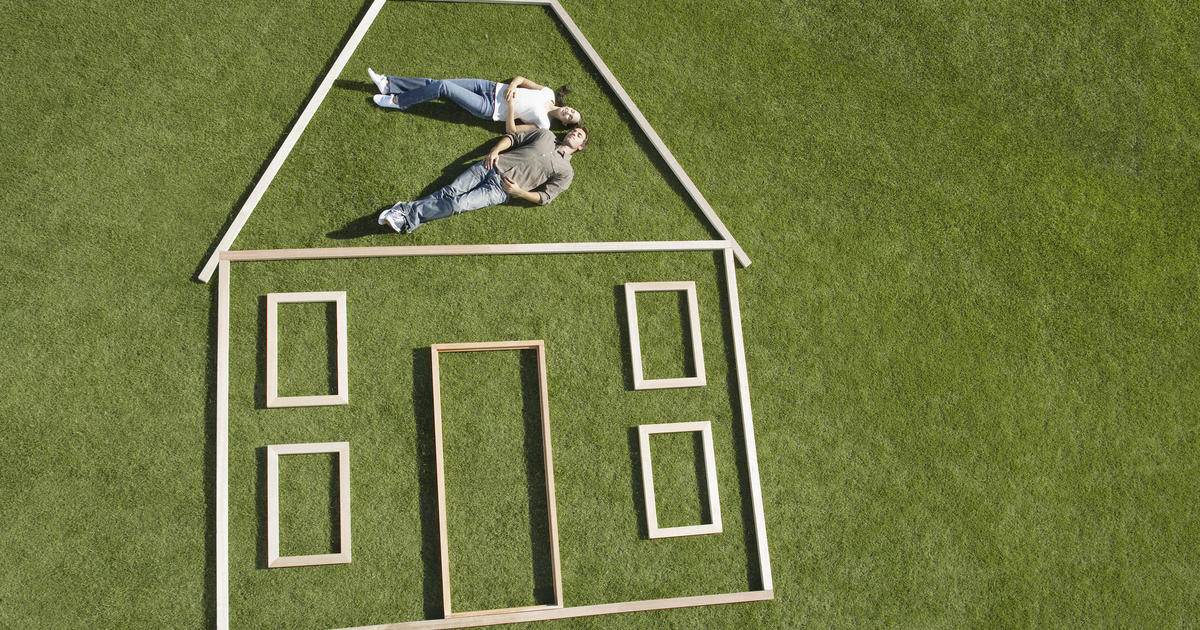Lumber tariffs are making new homes even more costly
Homebuilders and potential new-home buyers are getting squeezed from a spike in lumber prices. Tariffs on Canadian lumber are adding to higher costs for wood, which are fueling price increases of up to $9,000 for a new single-family home, according to the National Association of Homebuilders.
The industry group met with Commerce Secretary Wilbur Ross on Tuesday to plead their case to relax the tariffs on Canadian lumber, which they say are adding to supply woes as the price of lumber is skyrocketing.
"We also encouraged the secretary to return to the negotiating table with Canada," NAHB Chair Randy Noel said in a statement, adding, "It is essential that the two sides resume talks and hammer out a long-term solution to this trade dispute that will ensure U.S. homebuilders have access to a stable supply of lumber at reasonable prices to keep housing affordable for hard-working American families."
Material prices soar
In addition to the Trump administration's 20 percent tariff on imported Canadian lumber, imposed in January, wildfire season and other supply-chain issues have driven up prices by 40 percent since last year. Canada has historically been the largest supplier to the U.S. softwood lumber market, accounting for around 28 percent of annual U.S. sales in the past decade.
That's especially bad news for first-time buyers looking for starter homes in a market whose inventory is already perilously thin. The median price of a new home in April was $312,000.
"Although the supply of new homes for sale has been rising since 2013, much of it has been larger, more expensive properties," researchers at Oxford Economics wrote in a note last week. "Homebuilders have increased construction of entry-level homes, but cost pressures related to labor shortages, soaring materials prices and regulation will limit the building of smaller homes."
Builders in a jam
Many homebuilders source the land and quote a price to a customer based on their current expectations for the materials. When the price for lumber spikes suddenly, builders have to eat the cost on those projects -- and raise their prices for the next batch of customers.
That jump has caused some builders to hike prices and led some customers to decide against buying. "We've raised our prices anywhere from $10,000 to $12,000, depending on the house. I've been explaining to [customers] that's the impact of it," the NAHB's Noel told CBS MoneyWatch. He noted that his company typically builds about 40 homes per year in Louisiana. Those higher prices "stopped five or six people from being able to buy a home."
U.S. lumber producers support the tariffs
The Trump administration argues that U.S. producers have been hurt by subsidies provided to Canadian competitors by that government. The U.S. Lumber Coalition has supported the administration's decision to impose lumber penalties pending a new agreement with the Canadian government.
"The fair chance to compete on a level playing field is of utmost importance to domestic lumber manufacturers, their workers, as well as tree farmers and landowners, and the economies of the rural communities they support across the United States," Jason Brochu, U.S. Lumber Coalition co-chair said in a statement last week.
However, also last week 171 lawmakers sent a letter to the Trump administration urging it to reconsider the lumber tariffs, according to The Hill. "With no agreement and tariffs averaging just over 20 percent in place, lumber prices have skyrocketed, hitting an all-time high this year," the lawmakers wrote.
Lumber is the predominant material in U.S. homes used for framing and for roofs. The replacement, if it's unavailable or too expensive, is usually steel -- a material that has its own tariff issues.



